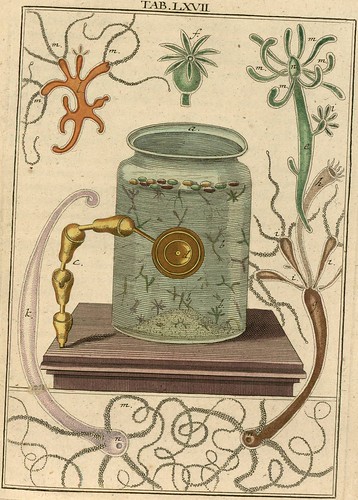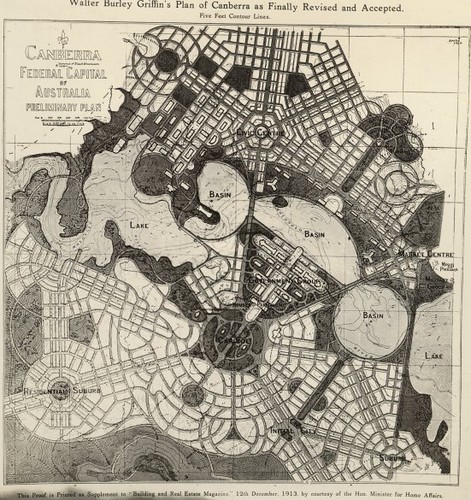
"Walter Burley Griffin's Plan of Canberra as finally revised and accepted 1913"
[
satellite map]

"Unidentified municipal incinerator No. 1, 1930s"
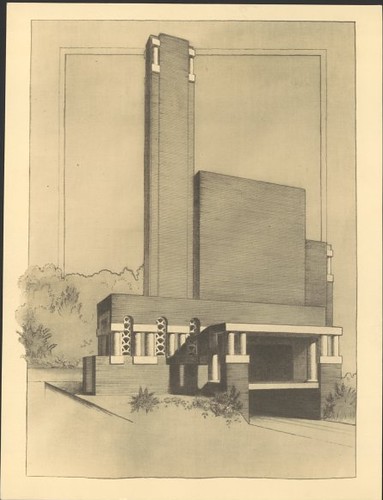
"Perspective view of incinerator, Thebarton, South Australia, ca. 1937"
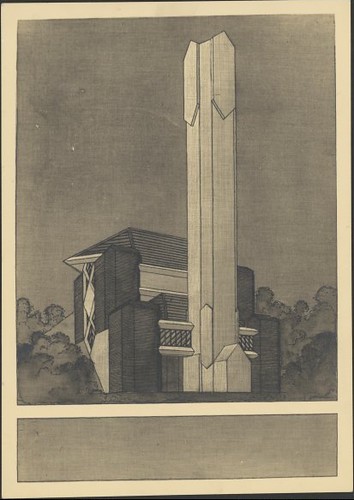
"Perspective view of Brunswick incinerator, Brunswick, Victoria 1934"
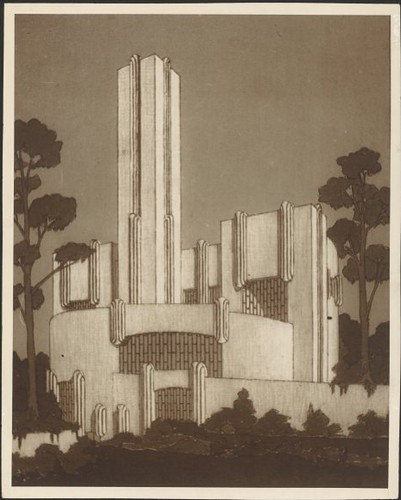
"Oblique perspective view of unidentified municipal incinerator, 1930s"

"Oblique perspective view of unidentified municipal incinerator, 1930s"
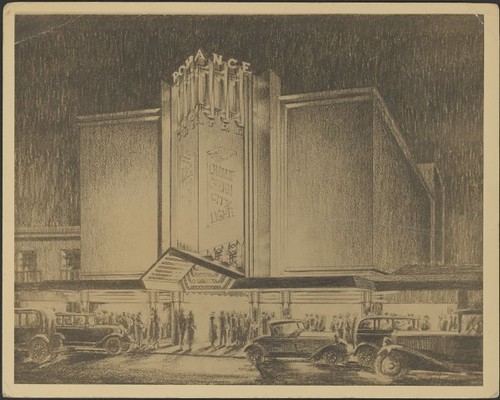
"Exterior facade perspective of Romance Theatre, Melbourne, Victoria 1931"
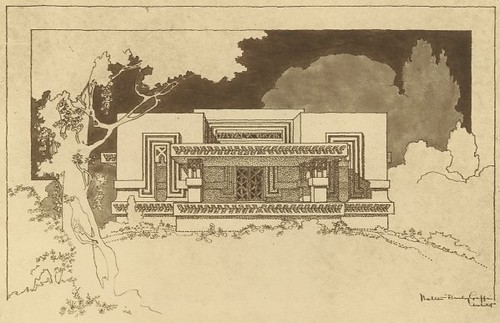
"Elevation of Jwala Bank, Jhansi, India 1936"
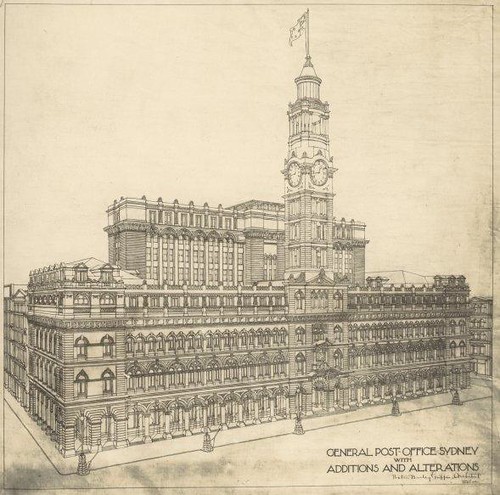
"Perspective of General Post Office, Sydney
showing proposed additions and alterations 1919"
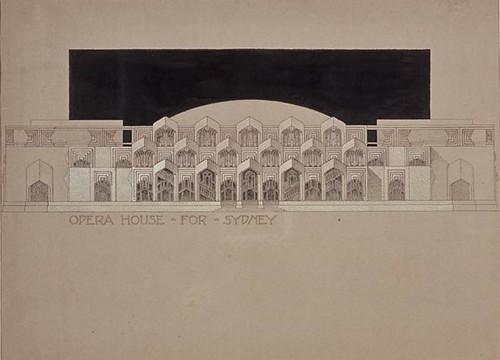
"Opera House for Sydney 1938"
Walter Burley Griffin
(1876-1937) was a Chicago architect with a background in landscape design. He is closely associated with the Prairie School, a uniquely American style of architecture that favoured horizontal lines (reflecting prairies) and whose most famous practitioner was Frank Lloyd Wright.
Griffin worked under Wright for a few years at the beginning of the 20th century until they had a dispute over salary payments. Ultimately, this led to an irreconcilable estrangement, and it seems Wright was rather disparaging of Griffin's talents whenever he referred to him later on.
One of the benefits of the association with Wright (beyond the obvious professional influence) was that Griffin met his future wife, Marion Mahony, at the Wright office. She, too, was an architect and a particularly gifted draughtsman (draughtswoman?).
"In the 28 years of their architectural partnership, the Griffins designed over 350 building, landscape and urban-design projects as well as designing construction materials, interiors, furniture and other household items."
Dare I suggest that their marriage was established on a
strong foundation? It was while they were on their honeymoon that the Griffins learned of a competition to design the city of Canberra which would become the new capital city of Australia (1927). They "worked feverishly to prepare the plans" before the submission deadline.
Their proposal was of course the winning entry (1912) and gave the Griffins international recognition. Of the Canberra plan, Walter Burley Griffin remarked:
"I have planned a city that is not like any other in the world. I have planned it not in a way that I expected any government authorities in the world would accept. I have planned an ideal city - a city that meets my ideal of the city of the future."
Whether or not a survey among Australians today would give such a favourable review of the outcome is perhaps a moot point. The circular alignments and satellite arrangements of the suburbs evoke an overtly artificial reality, but after visiting (and, significantly,
not living in) Canberra many times over the last couple of decades, I've become comfortable with its atmosphere at least. And, as a government bureaucracy-heavy city, it's fairly well appointed with amenities like good quality transport and roads, as well as cultural establishments. It's also close to our snowfields which is a big plus! An eponymous lake, built in 1963 in the centre of Canberra, assures that anyone who visits the city is familiar with the name of
Burley Griffin.
The Griffins moved to Australia soon after their Canberra design was selected and they stayed for the next twenty-odd years. Walter Burley Griffin died in Lucknow in India in 1937 following a two year stint working in the sub-continent.
I was particularly taken with the modernist/Art Deco building designs and I'm sure I've over emphasised - in the selection above - the prevalence of
incinerator designs among his legacy. It would be a starving architect that tried to rely upon municipal incinerator designing for a decent living in today's world.
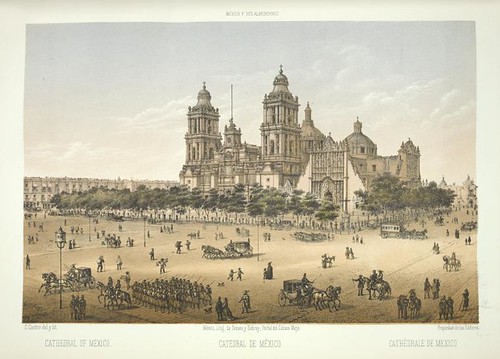
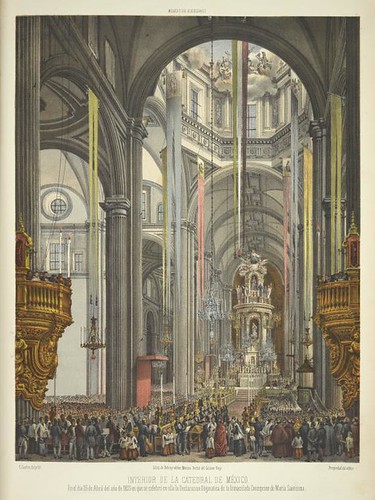
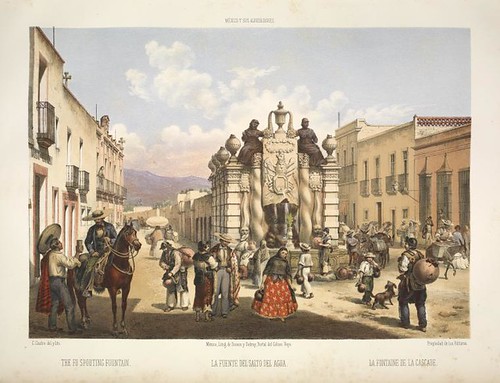
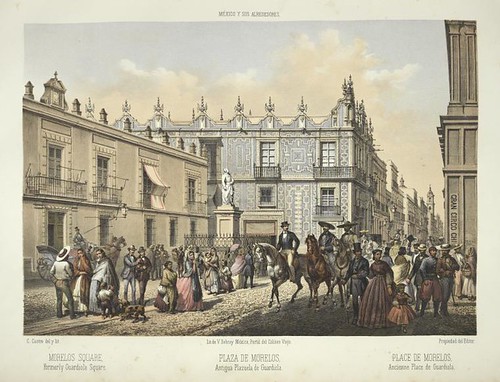
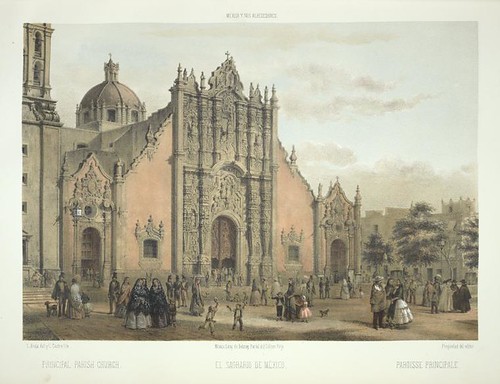
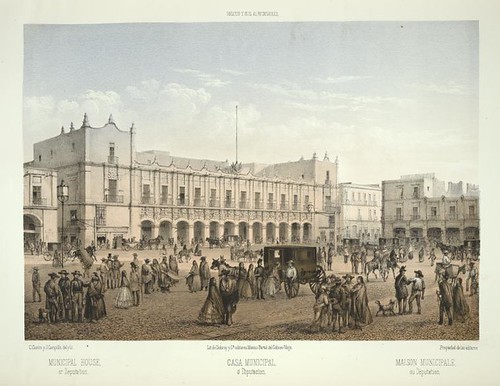


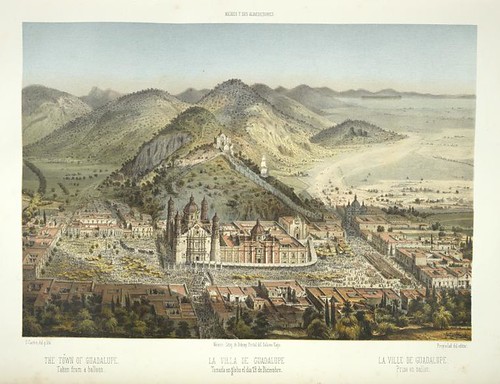
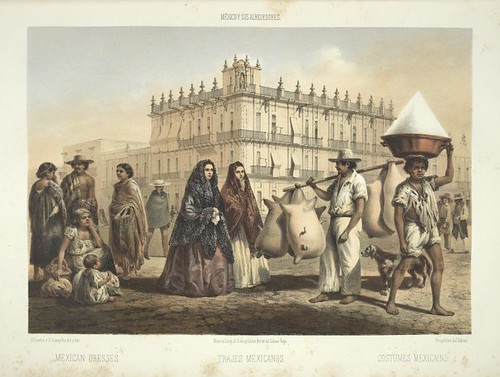
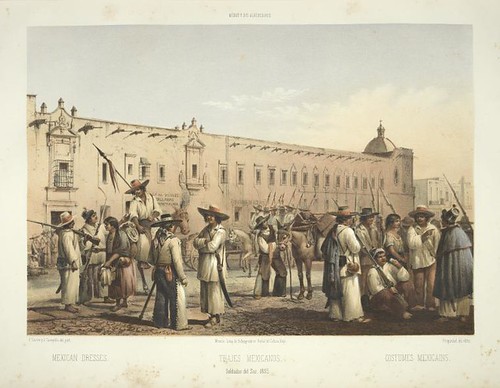
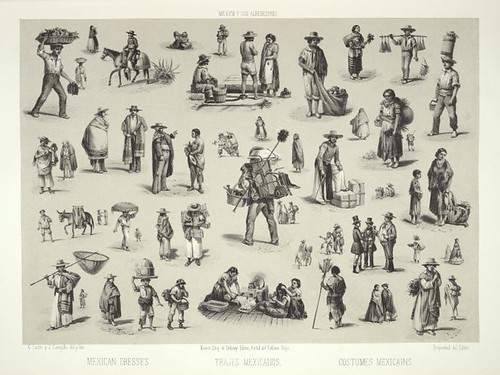
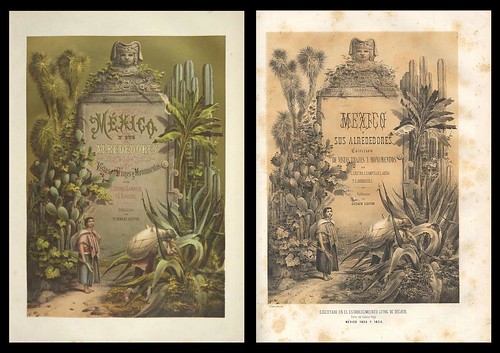

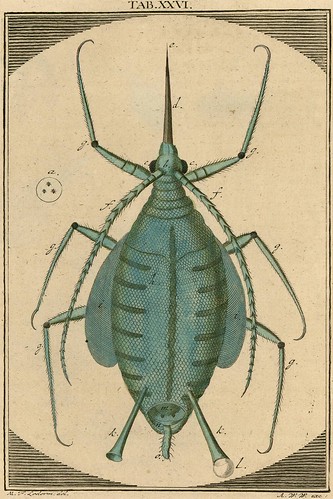





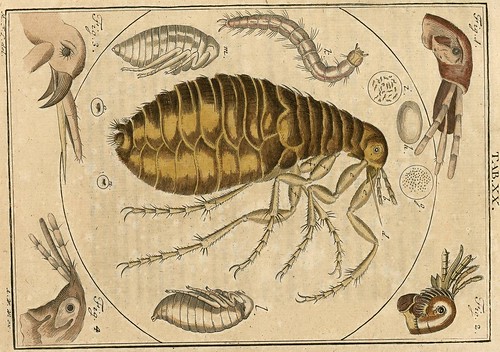

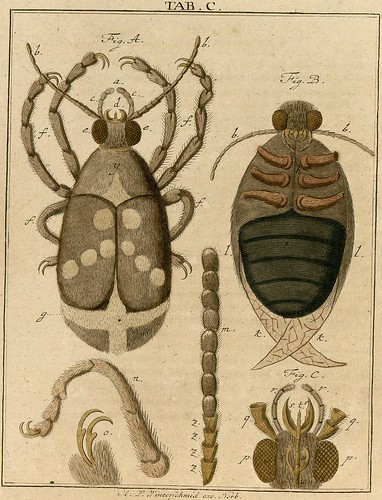
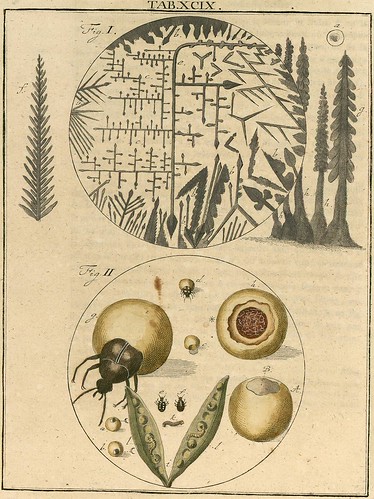
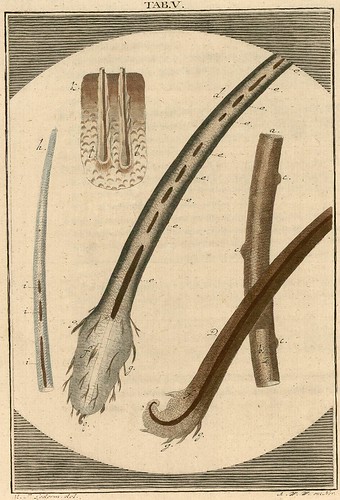
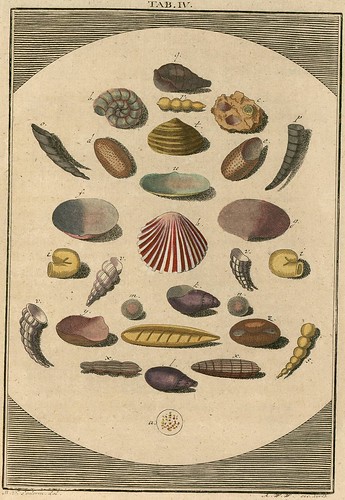
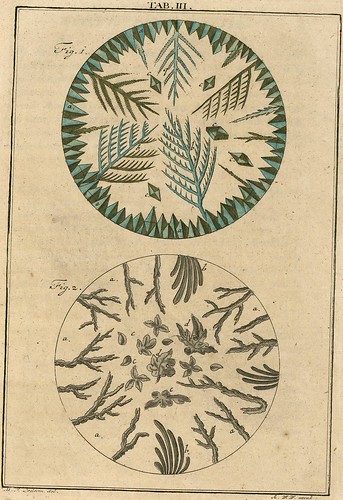

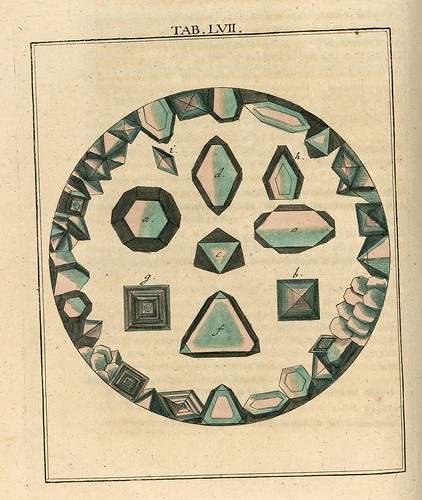
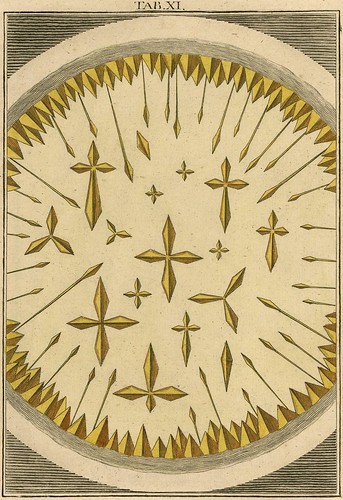




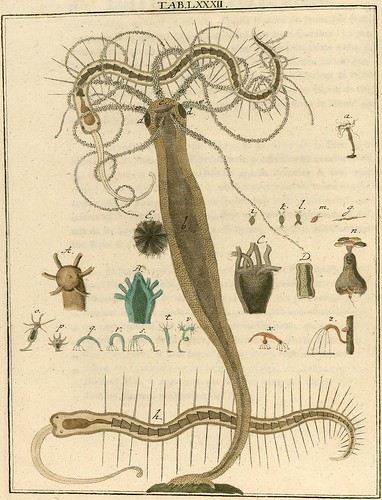
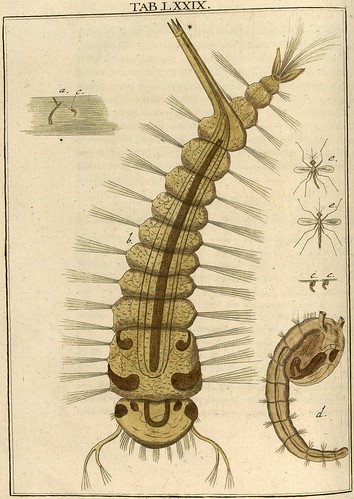
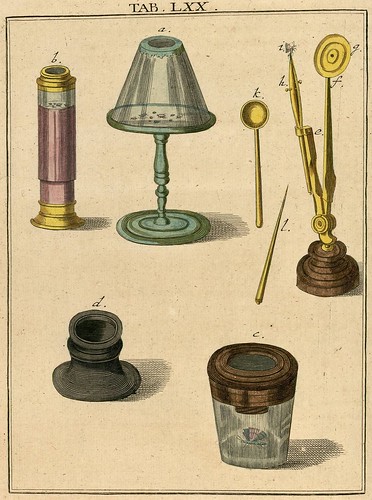
.jpg)


